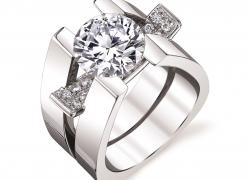Keeping America Ahead in Autonomous Vehicles
(NewsUSA) - As autonomous vehicles (AV) continue to evolve, consumers may be on the cusp of a new age of autonomous mobility, according to experts at the Special Competitive Studies Project (SCSP), a nonprofit and nonpartisan initiative with a goal of making recommendations to strengthen America's long-term competitiveness in AI.
- As autonomous vehicles (AV) continue to evolve, consumers may be on the cusp of a new age of autonomous mobility, according to experts at the Special Competitive Studies Project (SCSP), a nonprofit and nonpartisan initiative with a goal of making recommendations to strengthen America's long-term competitiveness in AI.
The international standard for vehicular autonomy classification includes six levels from 0 to 5, with 0 being cars with features that provide short-term and limited assistance, such as blind spot and lane departure warnings, and 5 being “full, unfettered autonomous driving,” according to SCSP.
The United States maintains a small lead in AV production over other countries, including China, and forecasts for 2030 project potentially more than four trillion dollars in revenue for fully and semi-autonomous vehicles. Auto manufacturers are responding to these forecasts by ramping up research and development.
However, changes in attitudes toward legal liability and shifts in consumer trust may threaten America’s slim lead, said George Ngoh, a research assistant on the Future Tech Platforms team at SCSP, in a recent newsletter.
Recently, a Florida jury ruled a carmaker partly responsible for a fatal crash involving a semiautonomous car. “To build confidence with both the public and policymakers, automakers and regulators require more than just miles driven; they need comprehensive, transparent data—especially fault data—to definitively prove the safety and reliability of these platforms,” Ngoh explained.
Looking ahead, global leadership in AV goes beyond commercial benefits; it is key to maintaining American security, according to SCSP experts.
AV technology offers a range of military advantages, such as improved precision for munitions guidance and fully autonomous platforms for strike, surveillance, and logistics.
The primary challenge to AV leadership comes from China, where advantages in data and nanometer design may make it easier to develop improved onboard chips in for better decision-making in AVs, and enhanced computing capacity will help Chinese companies develop the complex simulations needed to validate AV safety.
To maintain a competitive advantage, AV firms in the United States should increase their investments in modeling and simulation of their platforms and software, SCSP experts emphasize. In addition, state and federal governments must collaborate to collect the best and most stringent data for developing AV technology. These measures will build trust with policymakers and the public to increase domestic adoption of AVs and position the United States as a leader in the global automotive market. Autonomous vehicles more than the future of transportation; they are a bellwether of strategic advantage in an AI-driven world.
For more information about AV evolution and other aspects of American AI strategies, visit scsp.ai.


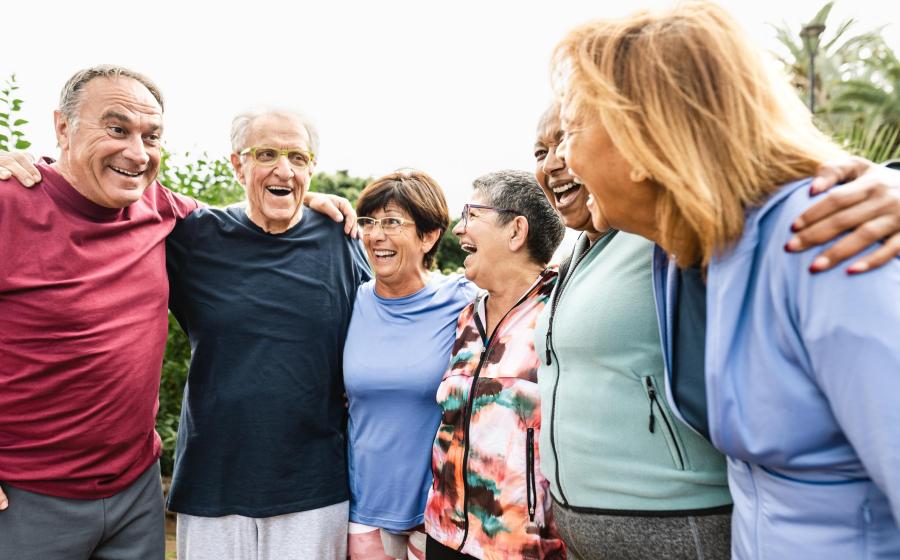
 - Social interaction is more than just a nice-to-have, it’s key to aging well.
- Social interaction is more than just a nice-to-have, it’s key to aging well. -
-  “God Storys” by Victorya Wright
“God Storys” by Victorya Wright “Reflections on Life’s Illusions” by Jane Gallagher
“Reflections on Life’s Illusions” by Jane Gallagher “Souls Adrift” by Max MacCaigh
“Souls Adrift” by Max MacCaigh “Touch Me” (Dark Sides, Book One) by Lynn Crandall
“Touch Me” (Dark Sides, Book One) by Lynn Crandall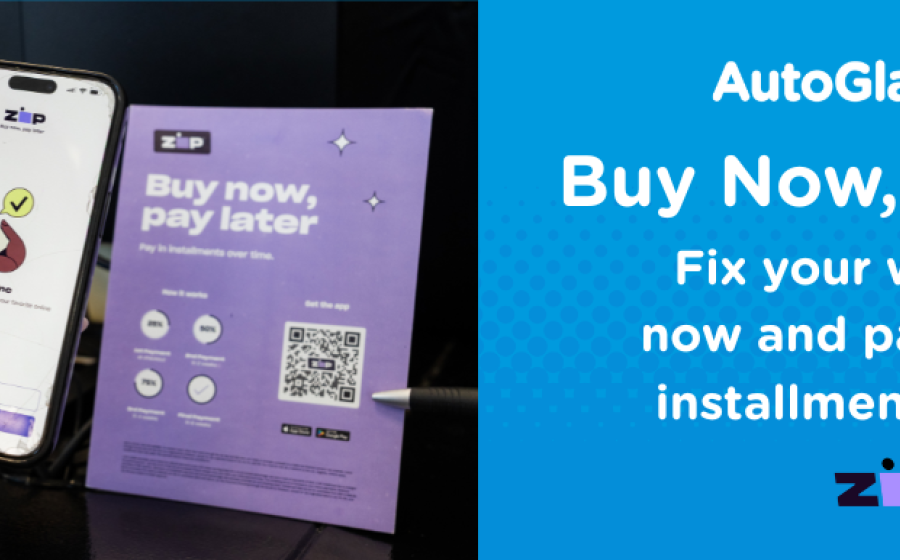
 - Let’s face it, a cracked windshield or shattered window never comes at a good time. Between work, errands, and upcoming holiday travel, most people just want to get it fixed fast… without stretching their budget.
- Let’s face it, a cracked windshield or shattered window never comes at a good time. Between work, errands, and upcoming holiday travel, most people just want to get it fixed fast… without stretching their budget. Because life happens. And sometimes, so do cracked windshields!
Because life happens. And sometimes, so do cracked windshields! -
-  “Slices of Life: A Comic Montage” by Qu
“Slices of Life: A Comic Montage” by Qu “From Doctor to Healer” by Erica M. Elliott, M.D.
“From Doctor to Healer” by Erica M. Elliott, M.D. “Maya, Dead and Dreaming” by Lana Sabarwal
“Maya, Dead and Dreaming” by Lana Sabarwal “If Today You Hear His Voice” by Irene Lynch
“If Today You Hear His Voice” by Irene Lynch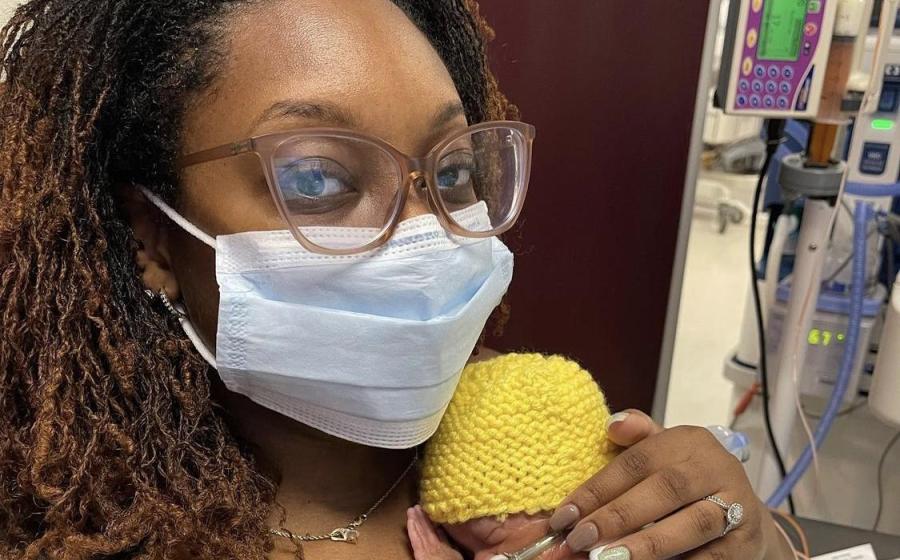
 - November is Prematurity Awareness Month, a time to focus on the more than 380,000 babies born too early in the U.S. each year. For families whose little one arrives weeks or months earlier than expected, understanding advances in premature infant nutrition can help reduce complications during the neonatal intensive care unit (NICU) journey.
- November is Prematurity Awareness Month, a time to focus on the more than 380,000 babies born too early in the U.S. each year. For families whose little one arrives weeks or months earlier than expected, understanding advances in premature infant nutrition can help reduce complications during the neonatal intensive care unit (NICU) journey.
 - Veterans face higher lung cancer risk from military exposures. Early screening and clinical trials save lives. Honor their service this month.
- Veterans face higher lung cancer risk from military exposures. Early screening and clinical trials save lives. Honor their service this month.
 - As the holiday lights go up and the to-do lists grow, parents everywhere are navigating a season that should feel joyful, but all too often doesn’t. According to
- As the holiday lights go up and the to-do lists grow, parents everywhere are navigating a season that should feel joyful, but all too often doesn’t. According to 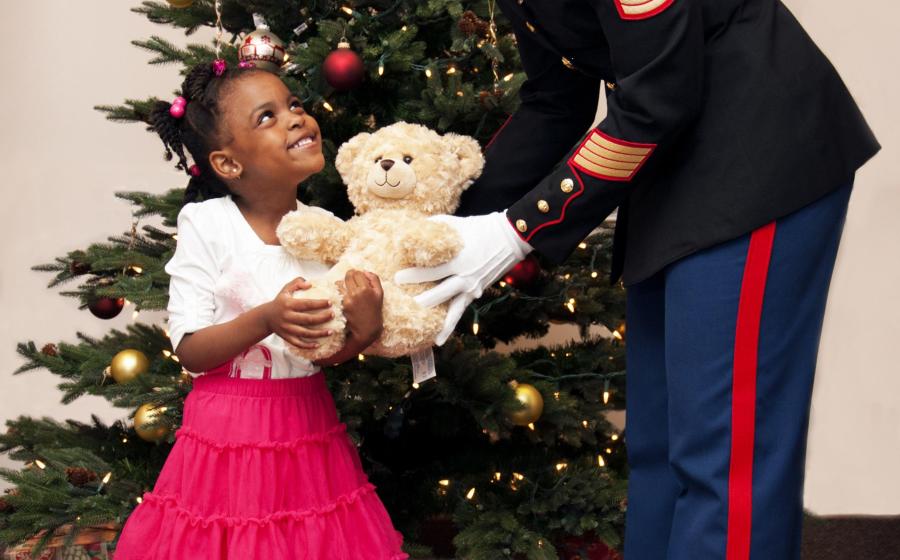
 - As the holiday season approaches, millions of children across America face the prospect of waking up to nothing on Christmas morning. Their families, struggling with financial hardship, simply cannot afford toys or gifts. But thanks to Toys for Tots, led by the U.S. Marine Corps Reserve, hope arrives for these children—one toy at a time.
- As the holiday season approaches, millions of children across America face the prospect of waking up to nothing on Christmas morning. Their families, struggling with financial hardship, simply cannot afford toys or gifts. But thanks to Toys for Tots, led by the U.S. Marine Corps Reserve, hope arrives for these children—one toy at a time.
 - A Michigan university unveils SOAR™, a new smartphone-based degree program that brings college within reach for busy adults — at half the cost.
- A Michigan university unveils SOAR™, a new smartphone-based degree program that brings college within reach for busy adults — at half the cost.